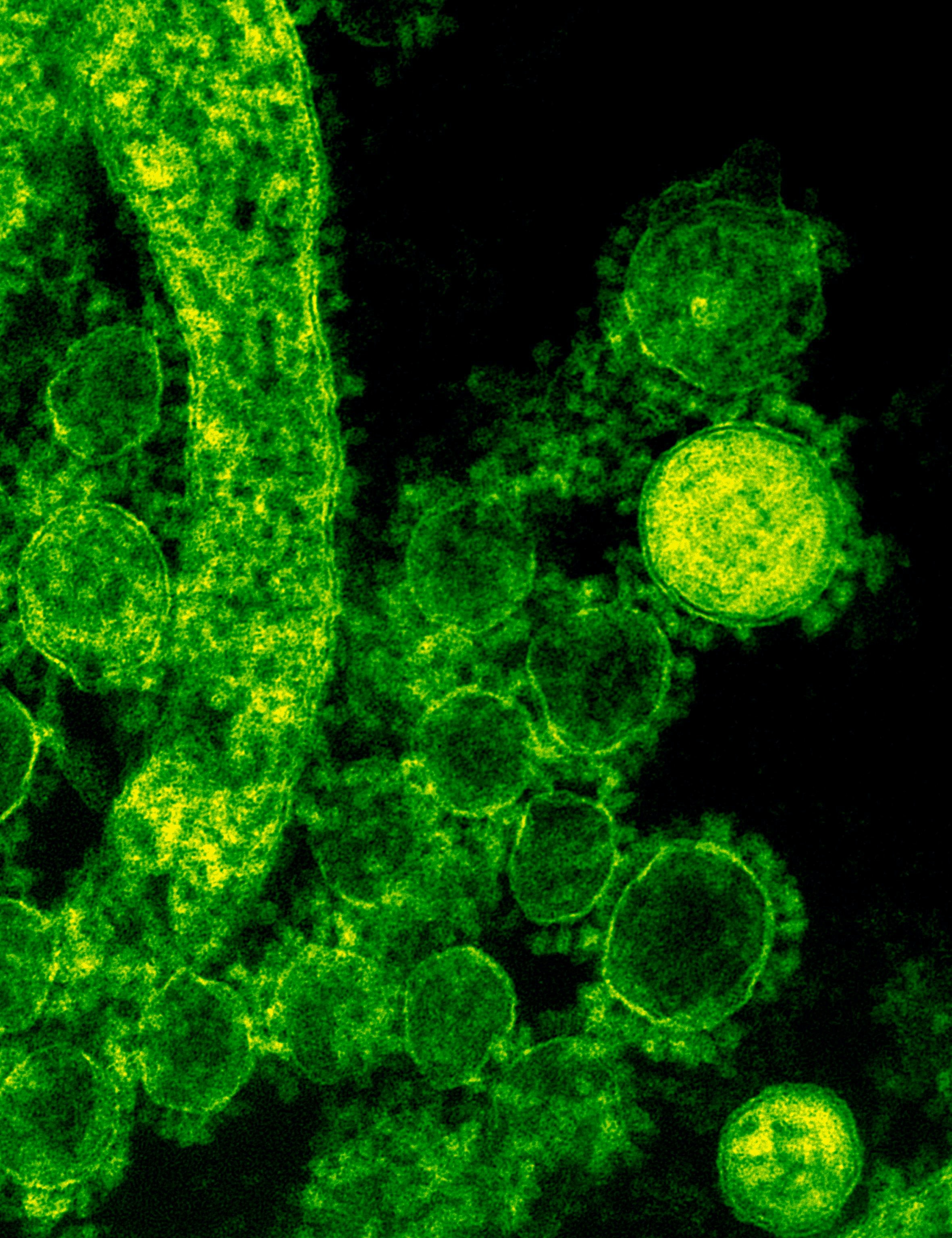Female Topics
Bacterial Vaginosis: What are its Symptoms, Causes, and Treatment?
By S.I. (staff writer) , published on March 16, 2023

Medicine Telehealth Health infection vagina
What is Bacterial Vaginosis (BV)?
Bacterial Vaginosis (BV) is a condition that affects the female genitalia and is caused by an opportunistic infection caused by the bacteria normally found in the vagina. These bacteria include Mobiluncus species, Prevotella bivia, Peptostreptococcus species, and Porphyromonas species [1].
This is the most common vaginal infection among women of reproductive age. BV can cause various unpleasant symptoms, including an abnormal vaginal discharge with an unpleasant odour, itching and burning in and around the vagina, and vaginal pain or soreness.
Recurrence of BV is common, and healthcare providers may recommend using products that restore the balance of bacteria in the vagina, such as over-the-counter probiotics.
What are the Symptoms of Bacterial Vaginosis?
The symptoms of BV vary from person to person. Some experience them frequently, while others experience intermittent symptoms.
Nonetheless, below is a list of some common symptoms of Bacterial Vaginosis:
- An amine-like odour that is strongest after intercourse or during the menstrual period
- Vaginal discharge with a pH. greater than 4.7 [2]
- Presence of clue cells in the discharge
- Burning during urination
- Pain during sexual intercourse
Additional symptoms may include abdominal and pelvic pain, itching around the outside of the vagina, and a change in the colour, texture, or amount of vaginal discharge.
If left untreated, bacterial vaginosis can lead to more serious health complications, such as pelvic inflammatory disease, which can cause infertility.
What are the Causes of Bacterial Vaginosis?
An imbalance of bacteria in the vagina is the main reason for bacterial Vaginosis. Many factors can cause this imbalance, some of them are given below:
- Douching
- Unprotected sex, though the mechanism is not fully understood.
- A decrease in Lactobacilli bacteria in the vagina as they prevent harmful bacteria [3]
- Using scented hygiene products
Certain types of clothing, such as nylon or synthetic fabrics, can also contribute to the imbalance of bacteria. Hormonal changes during menopause may cause Bacterial Vaginosis [4].
Also, a weakened immune system can contribute to this condition. Lastly, certain antibiotics, such as those used to treat urinary tract infections, can also cause Bacterial Vaginosis.
Treatment Options for Bacterial Vaginosis:
Studies show up to 30% of cases do not require any treatment. In contrast, most symptoms can be treated with antibiotics like metronidazole and clindamycin, which can be taken orally or used as a vaginal gel [5].
In case of pregnancy, the patients who are asymptomatic should be given clindamycin before 22 weeks of gestation. [6]
Additionally, maintaining good hygiene and avoiding douching can help reduce the risk and severity of bacterial vaginosis. Recurrence chances are very high in BV. In that case, the patient needs another regimen of antibiotics as prescribed by the doctor.
References:
1- https://journals.asm.org/doi/abs/10.1128/cmr.4.4.485
2- https://www.sciencedirect.com/science/article/abs/pii/0002937888900786
3- https://pubmed.ncbi.nlm.nih.gov/30467614/
5- https://pubmed.ncbi.nlm.nih.gov/30502515/
6- https://pubmed.ncbi.nlm.nih.gov/19883331/
Find articles related to: Medicine Telehealth Health infection vagina
More articles about Female Topics
Back to the Health Tips Index




